October 28, 2021 - Pithole Ghost Town
|
|
We drove a few miles outside Titusville to visit the Pithole Ghost Town. In one year, 1865, thanks to oil, the town grew from nothing to 15,000 people. At its peak, the Pithole Boom Town had at least 54 hotels, 3 churches, the third largest post office in Pennsylvania, a newspaper, a theater, a railroad, the world's first pipeline and a red-light district "the likes of Dodge City's." The first oil pipeline started from Pithole. The town was nothing but buildings, drilling rigs and a treeless sea of mud.
But within two years the oil ran out. By December 1866, the population had dropped to 2,000. Many of the buildings burned down. By 1870 the population was only 327. Pithole was dead.
The site was cleared of overgrowth and was donated to the Pennsylvania Historical and Museum Commission in 1961. A visitor center, containing exhibits pertaining to the history of Pithole, was built in 1972.
|
| |
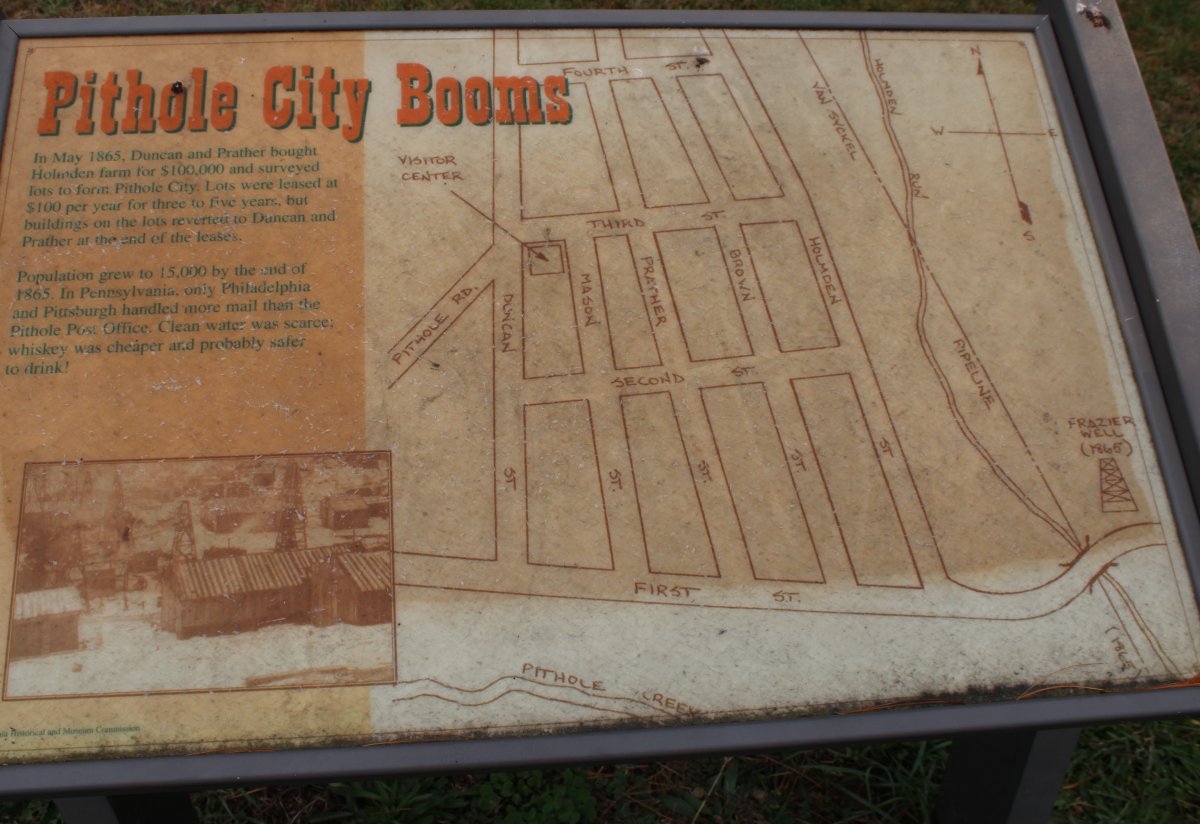 |
|
|
In January 1864, Isaiah Frazier leased two tracts of land, totaling 35 acres, from Thomas Holmden, a farmer along Pithole Creek. Frazier, James Faulkner Jr., Frederick W. Jones and J. Nelson Tappan formed the United States Petroleum Company in April 1864 and started drilling what was dubbed the United States Well, or Frazier Well, in June. On January 7, 1865, the Frazier Well struck oil.
News of the successful Frazier Well along Pithole Creek was widely published in the nation’s newspapers in January 1865.
This is how Pithole now looks. Cleared grass paths are where the streets used to be.
|
| |
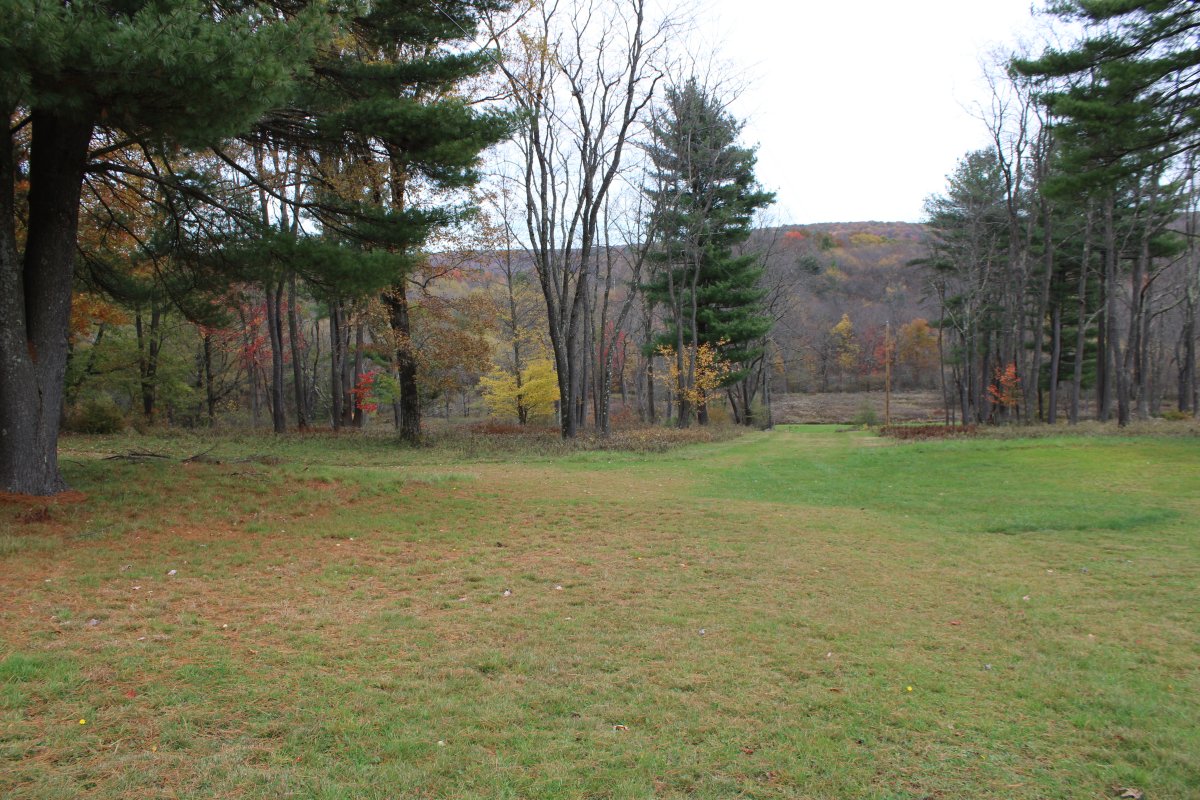 |
|
|
Two weeks after the Frazier strike, the Twin Wells, just to the south of the Frazier Well, also struck oil. In May 1865, A. P. Duncan and George C. Prather purchased the Holmden Farm, including the portions still leased to United States Petroleum, for $25,000 and a bonus of $75,000. The wooded bluff overlooking the Frazier and Twin Wells was cleared and a town was laid out. The town was divided into 500 lots, which were put up for sale on May 24. By July, the population was estimated to have been at least 2,000. The population of Pithole rose to 15,000 people in September and 20,000 by Christmas. Pithole was incorporated as a borough on November 30, 1865.
Where buildings used to be there are now trees.
|
| |
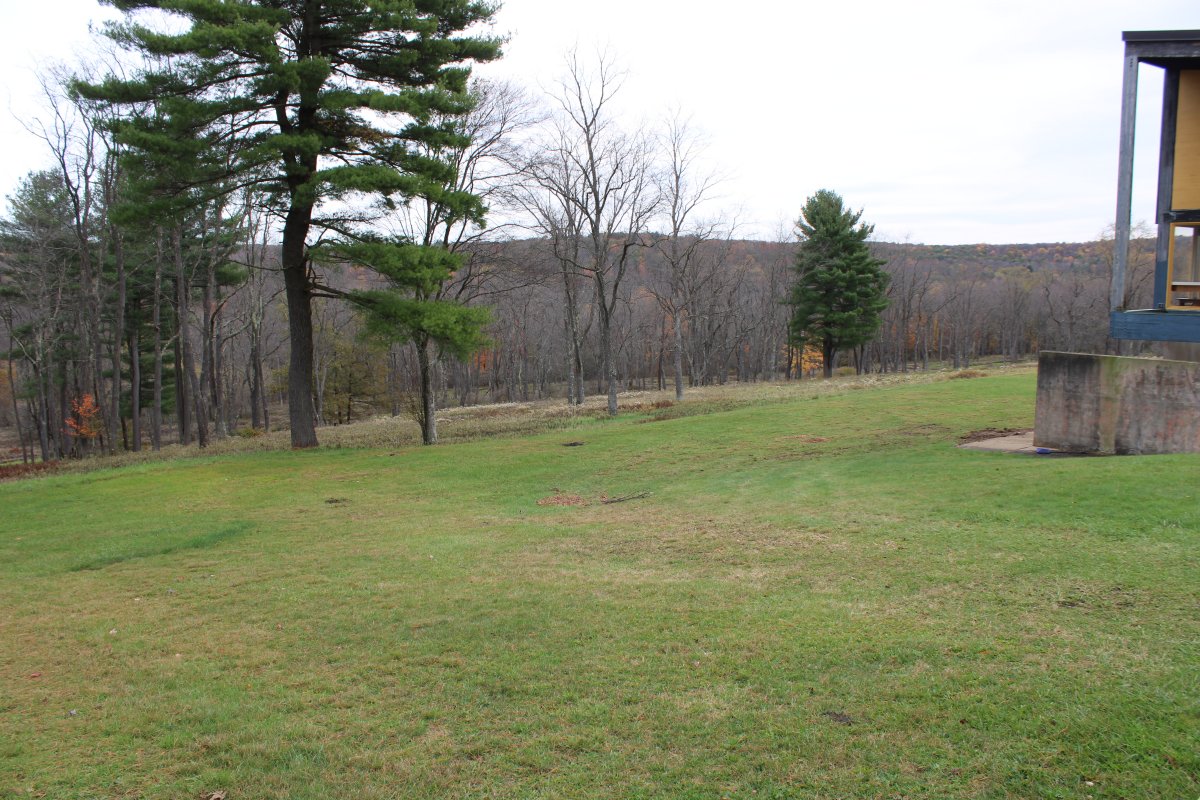 |
|
|
The town was built on the slope of a gentle hill.
|
| |
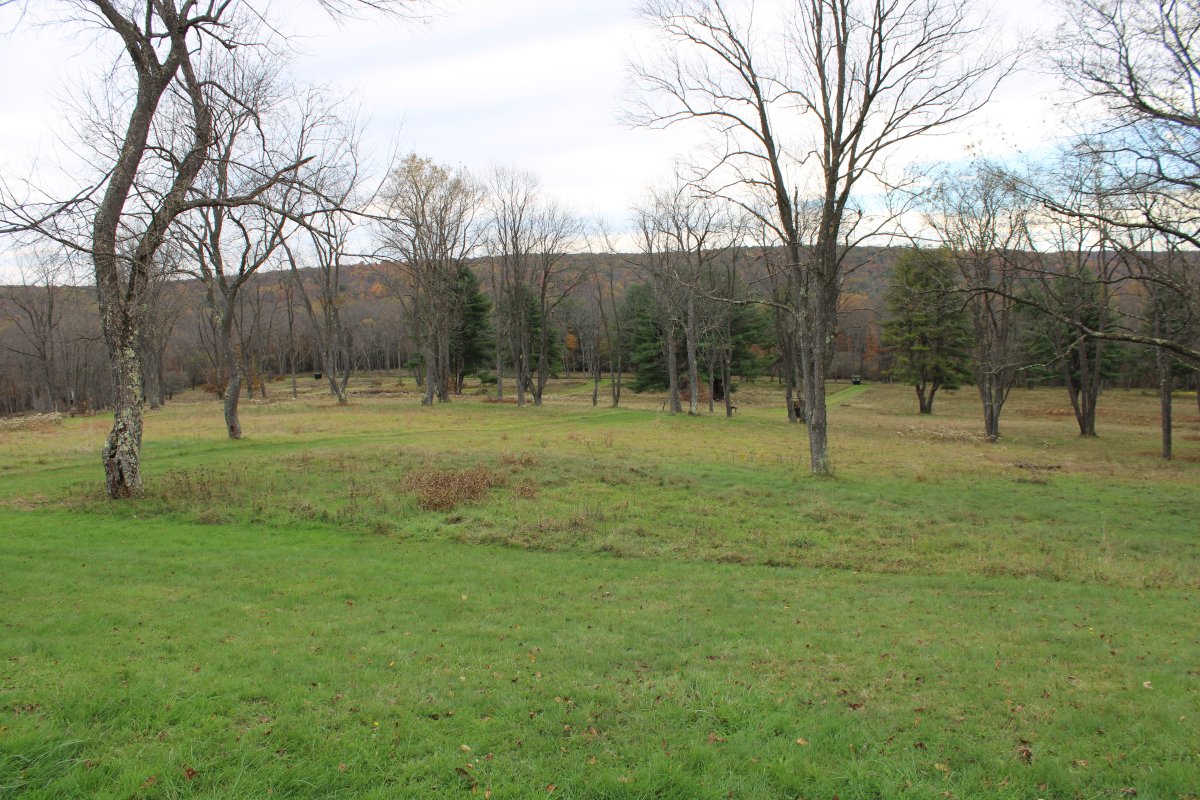 |
|
| The site is well maintained. Street signs mark the intersections. Pithole was laid out with four primary east–west streets: First, Second, Third and Fourth. Duncan, Mason, Prather, Brown and Holmden Streets traversed Pithole from north to south. |
| |
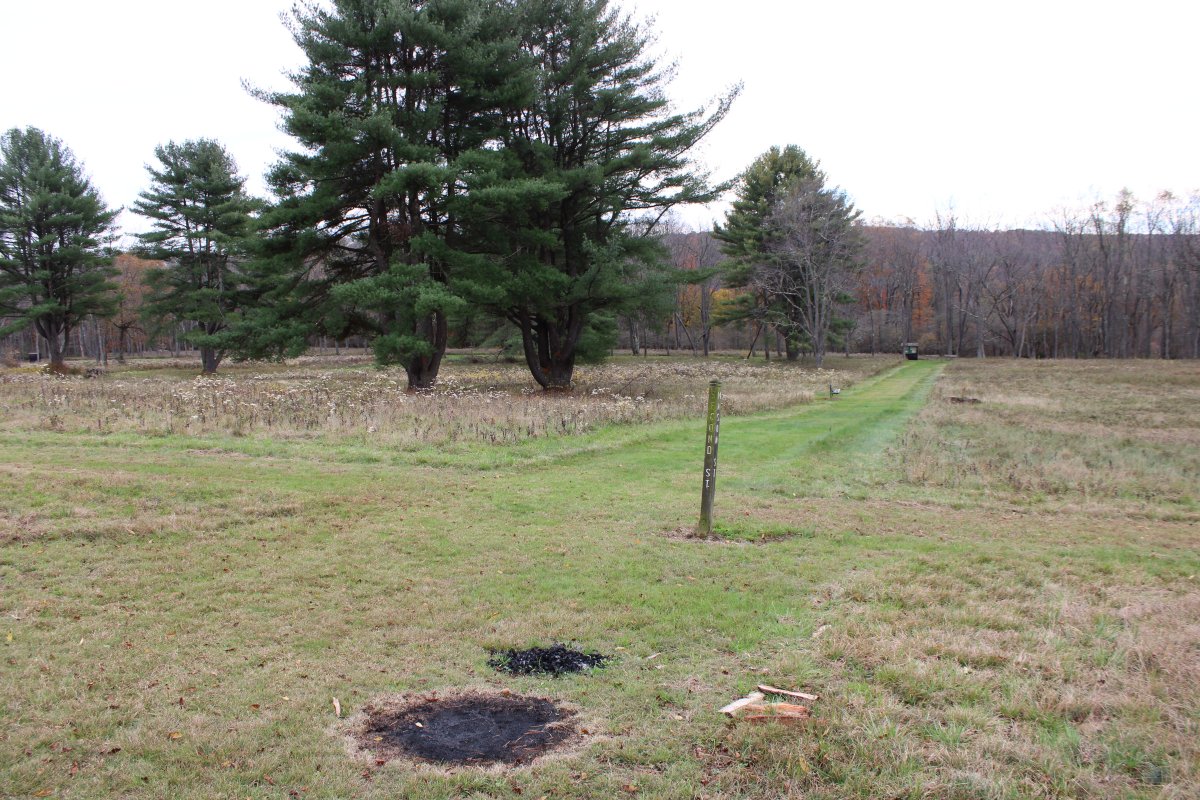 |
|
| Pretty country now. |
| |
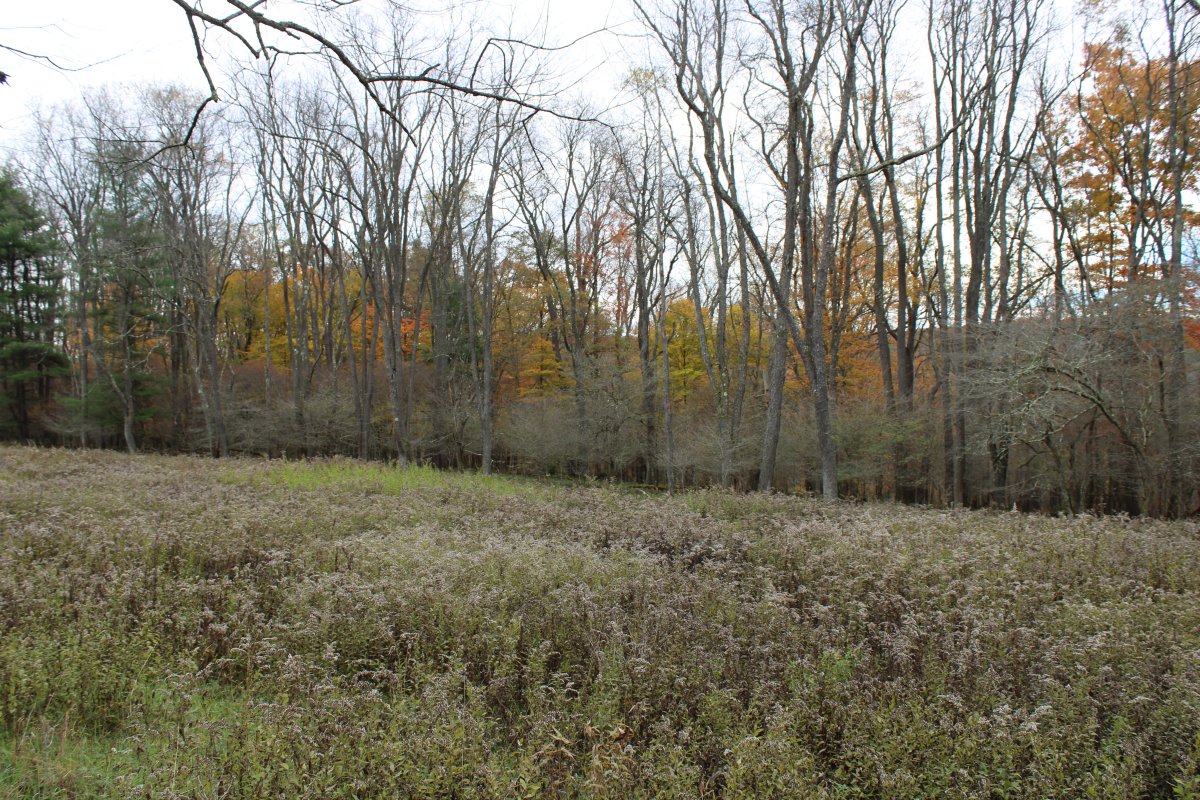 |
|
| Looking up Holmden Street from First Street in 1865. Back then, Pithole was a treeless sea of mud, as you can see. |
| |
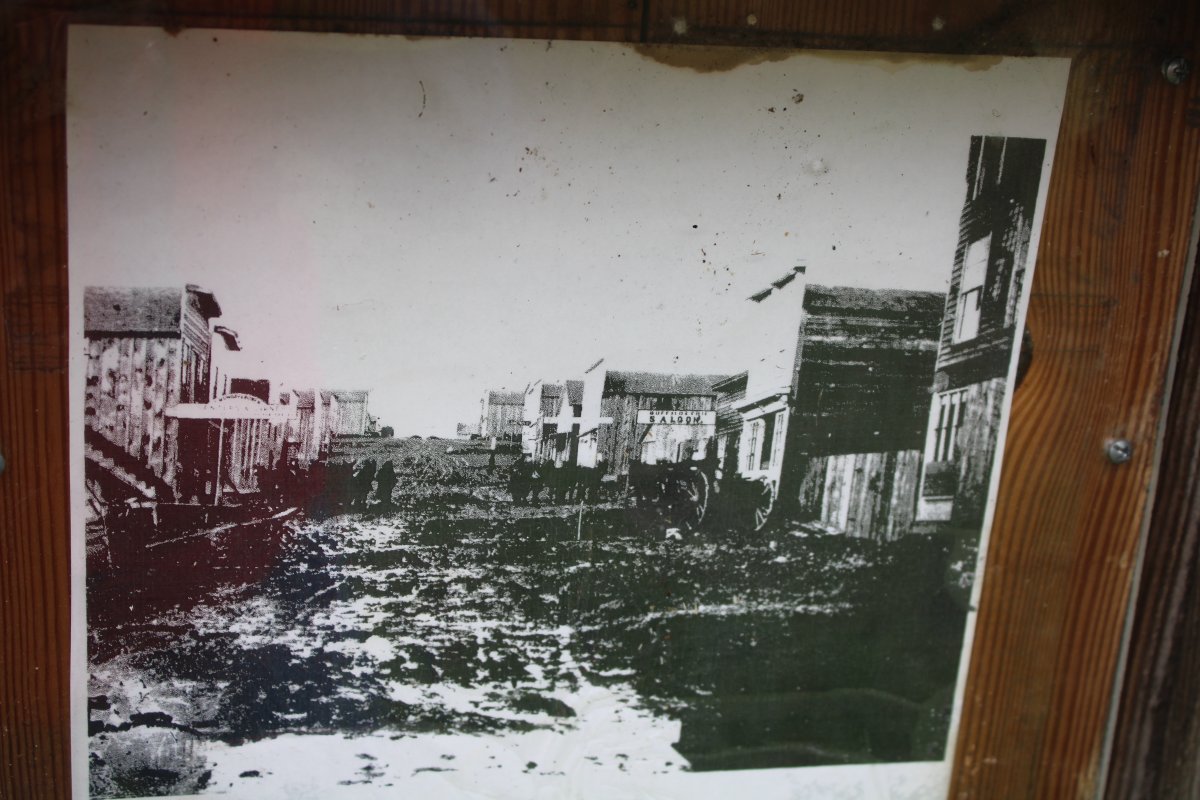 |
|
|
This is how it looks now.
|
| |
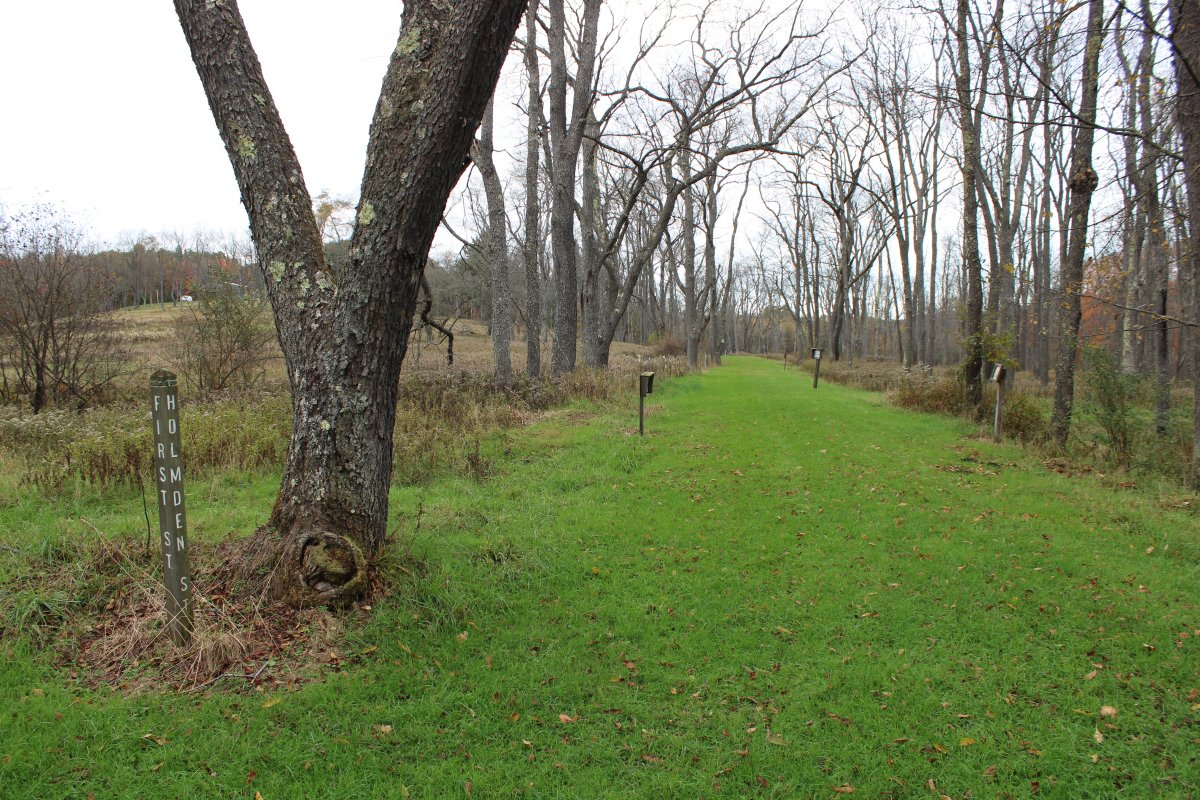 |
|
|
Looking up at the Visitors Center.
|
| |
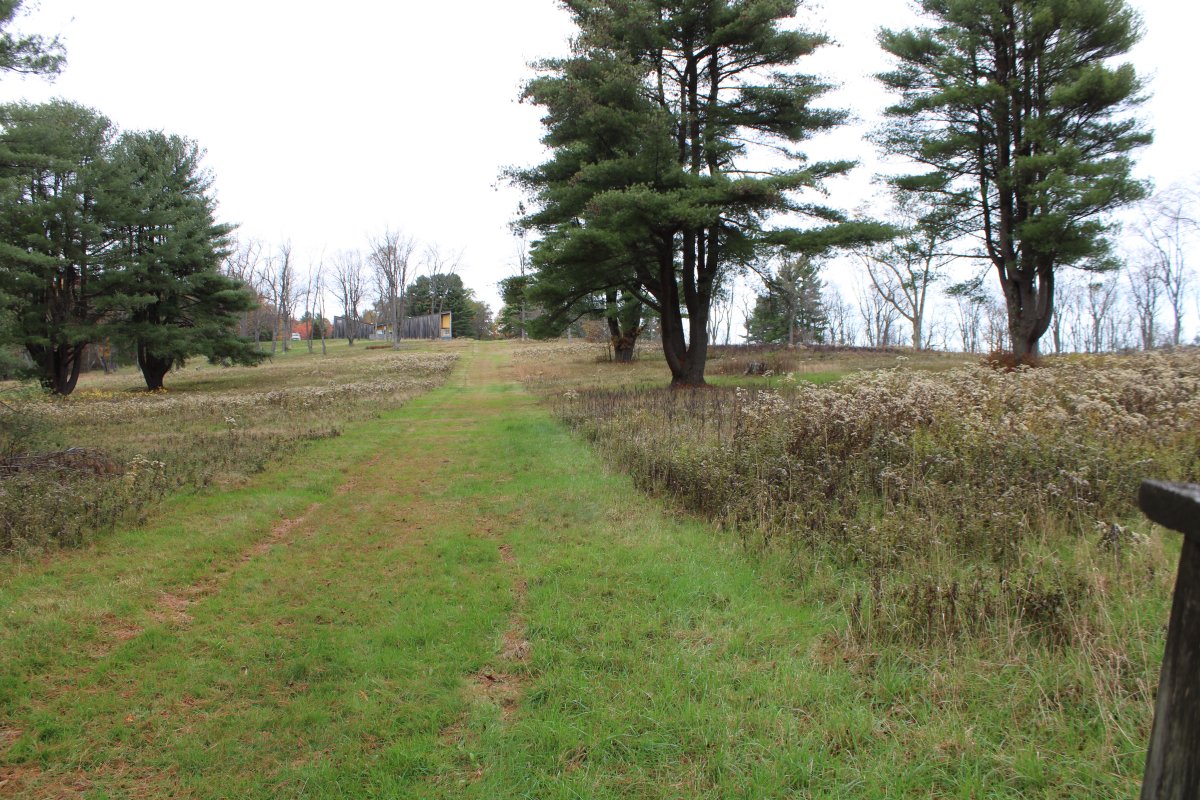 |
|
|
|
| |
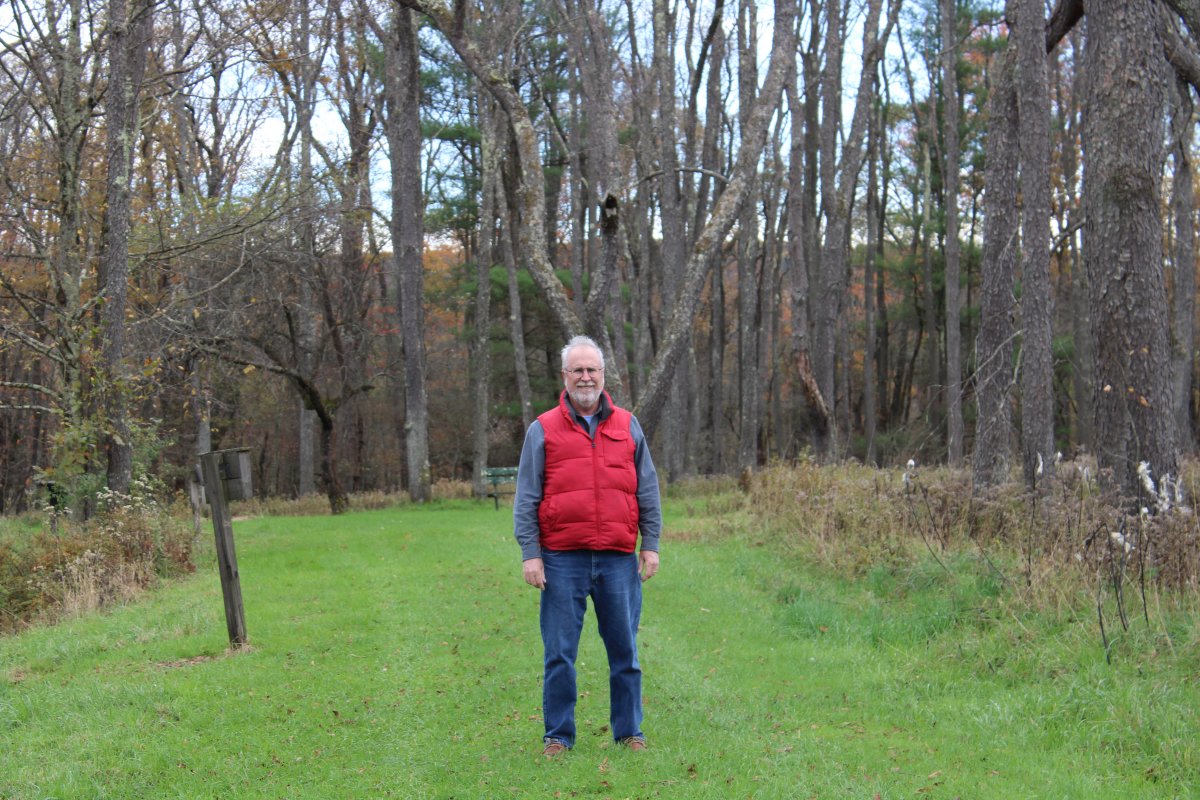 |
|
|
A stereo card depicting the Frazier Well at Pithole in 1865. (downloaded from Wikipedia). Notice the large wooden vats, all the wooden barrels and horse-drawn carts. Plus a few wooden drilling rigs.
|
| |
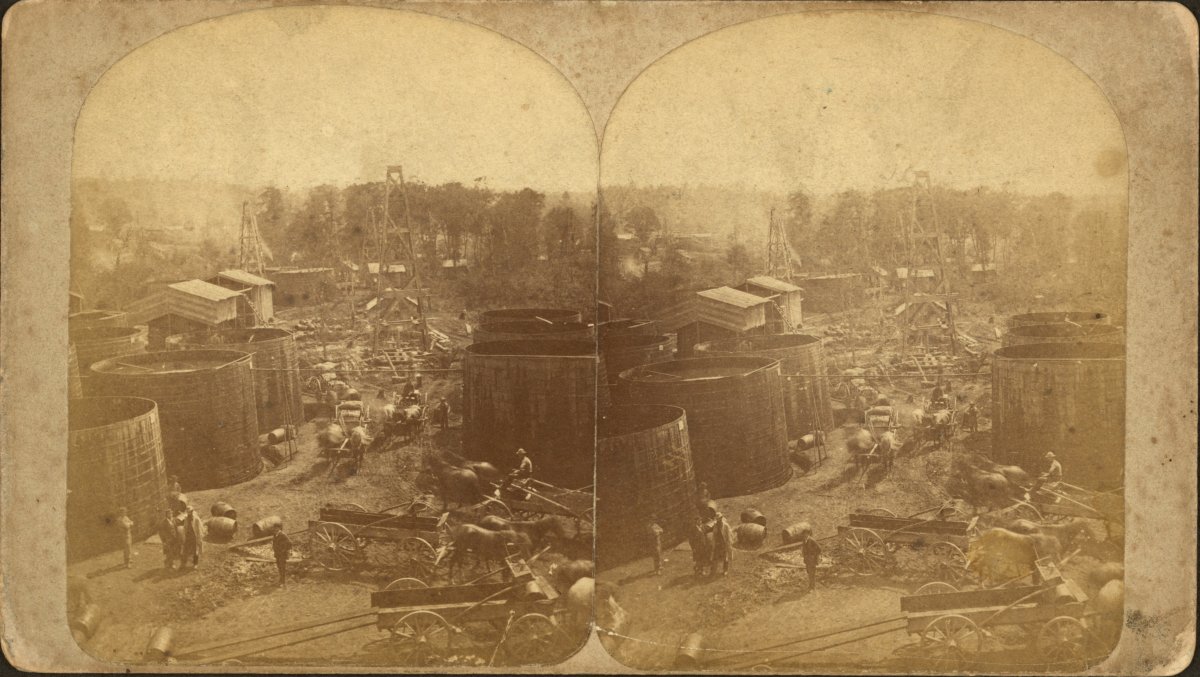 |
|
| This gentle slope would have been filled with wood buildings. |
| |
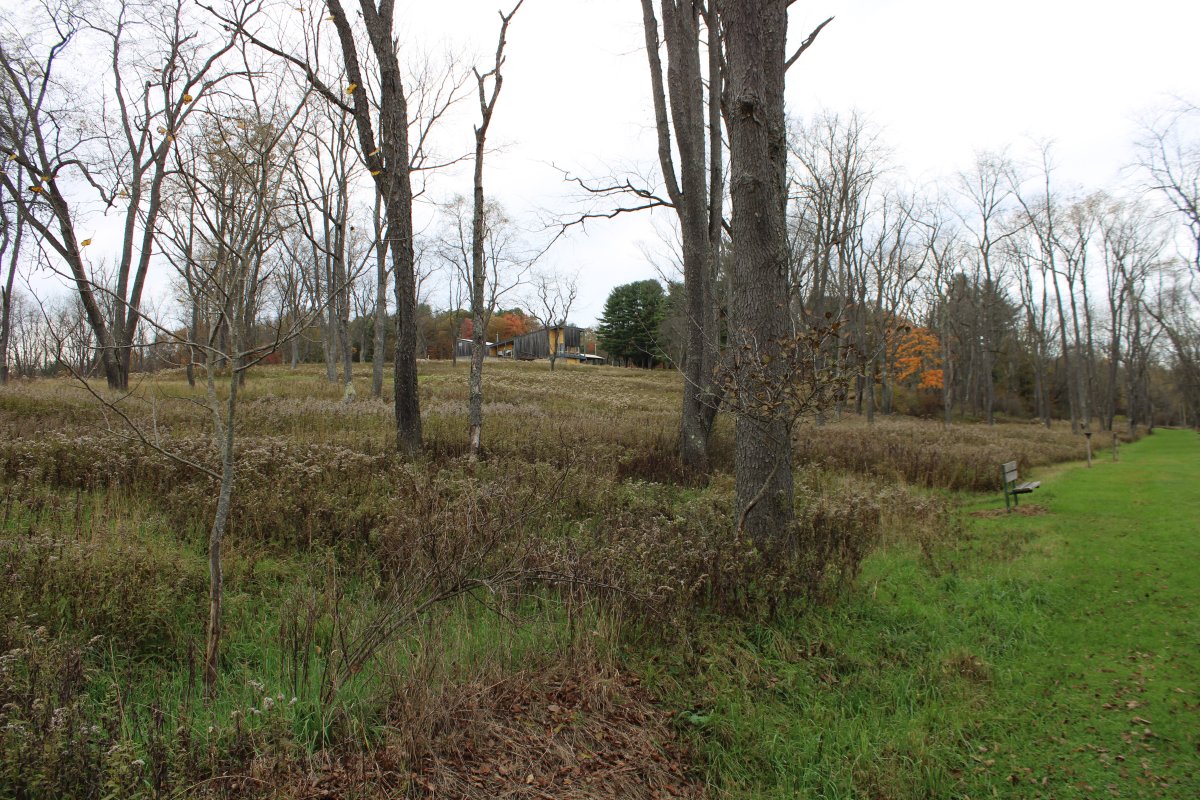 |
|
| The Pithole Visitors Center has been closed a long time due to the Chinese Virus. |
| |
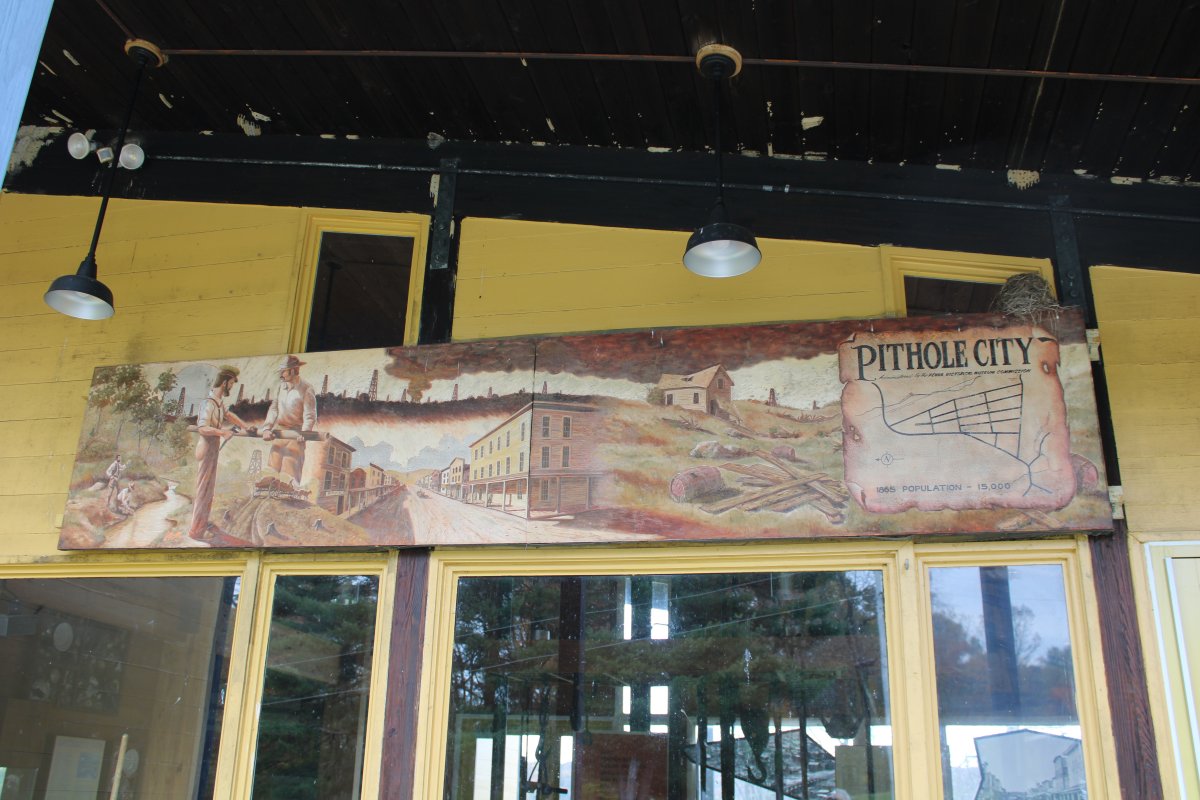 |
|
| Since the visitors center was closed, we didn't get to see their scale model of Pithole back in its heyday, but I was able to download this picture from Wikipedia. |
| |
 |
|
| After Pithole, we went on a nice scenic hike on a trail on the west side of Oil Creek. |
| |
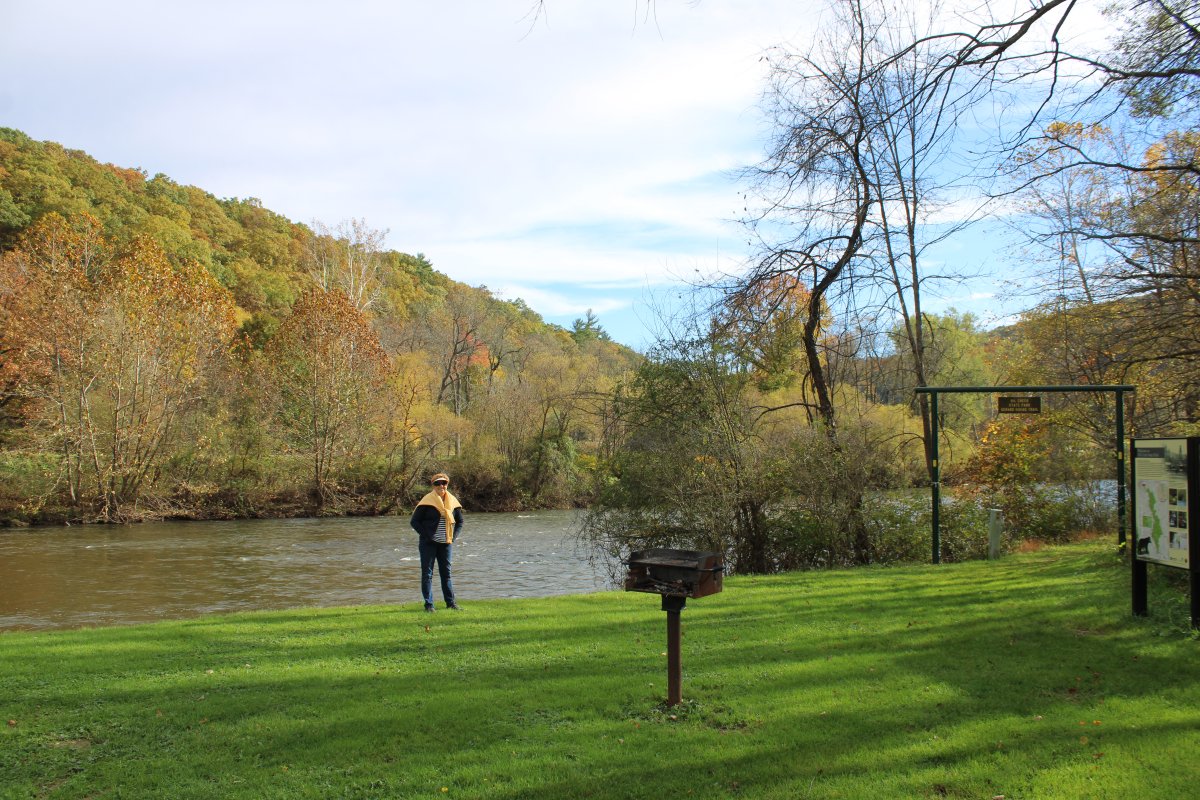 |
|
| Autumn splendor. |
| |
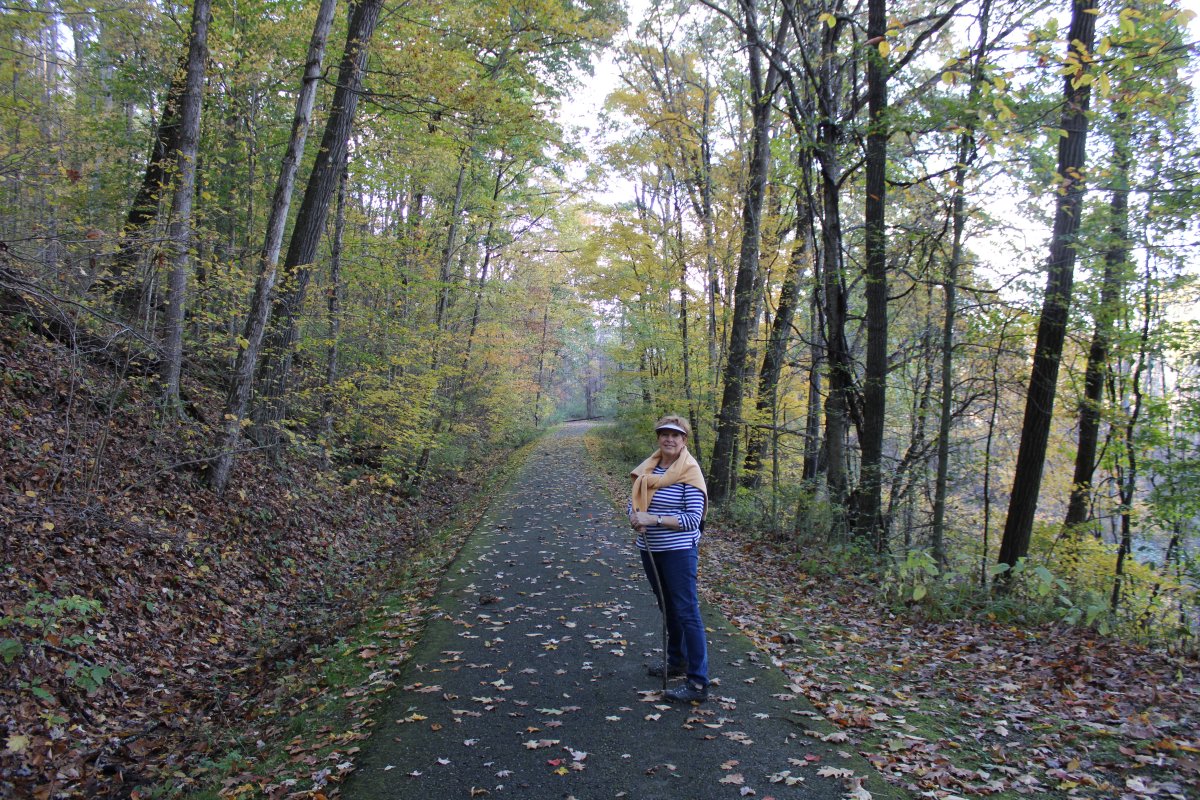 |
|
| |
| |
|
|
|
|
|
|















